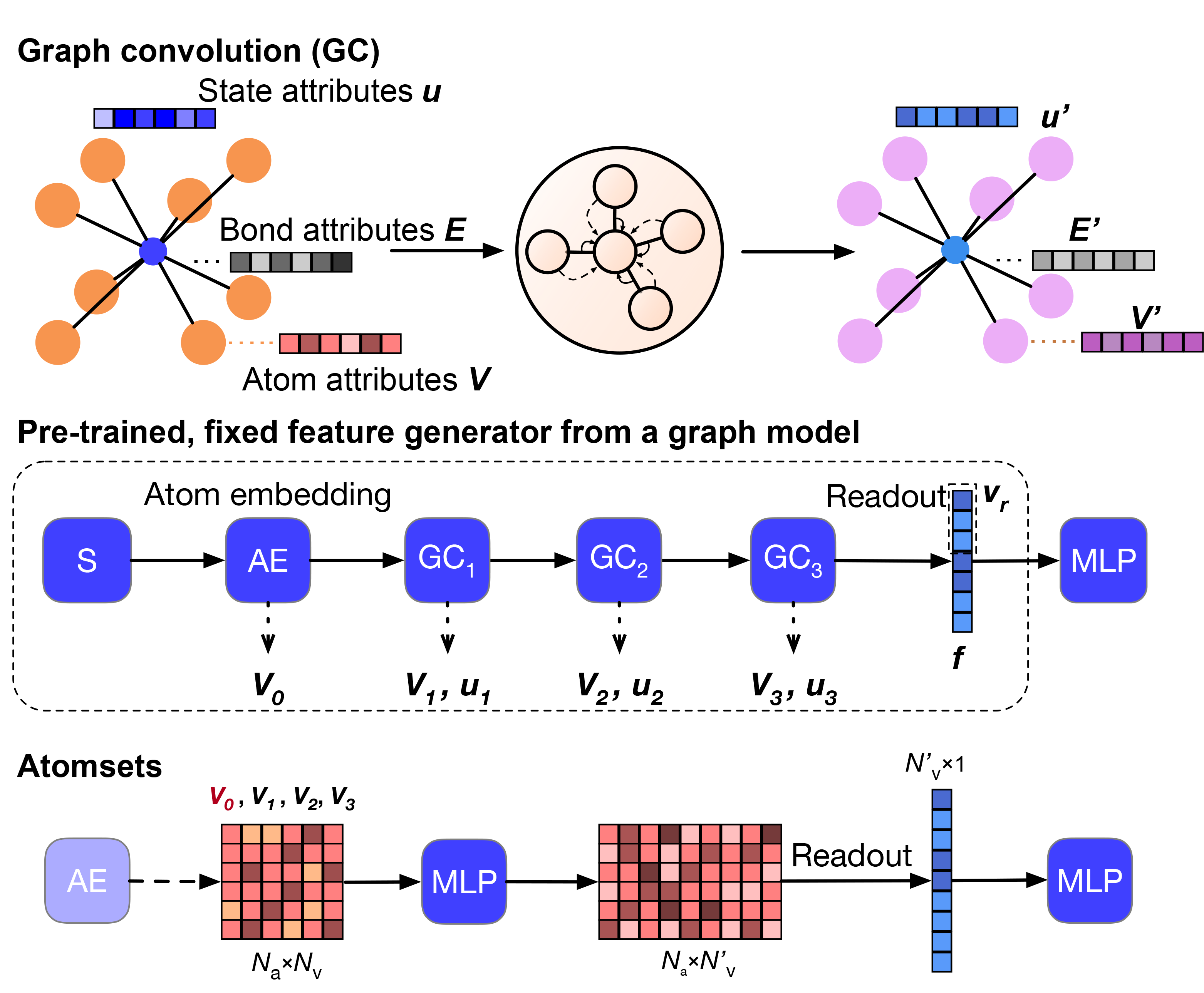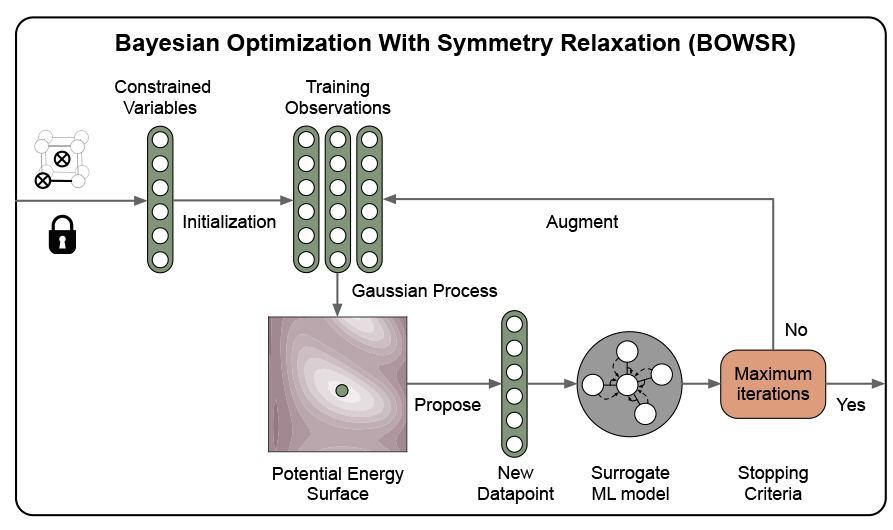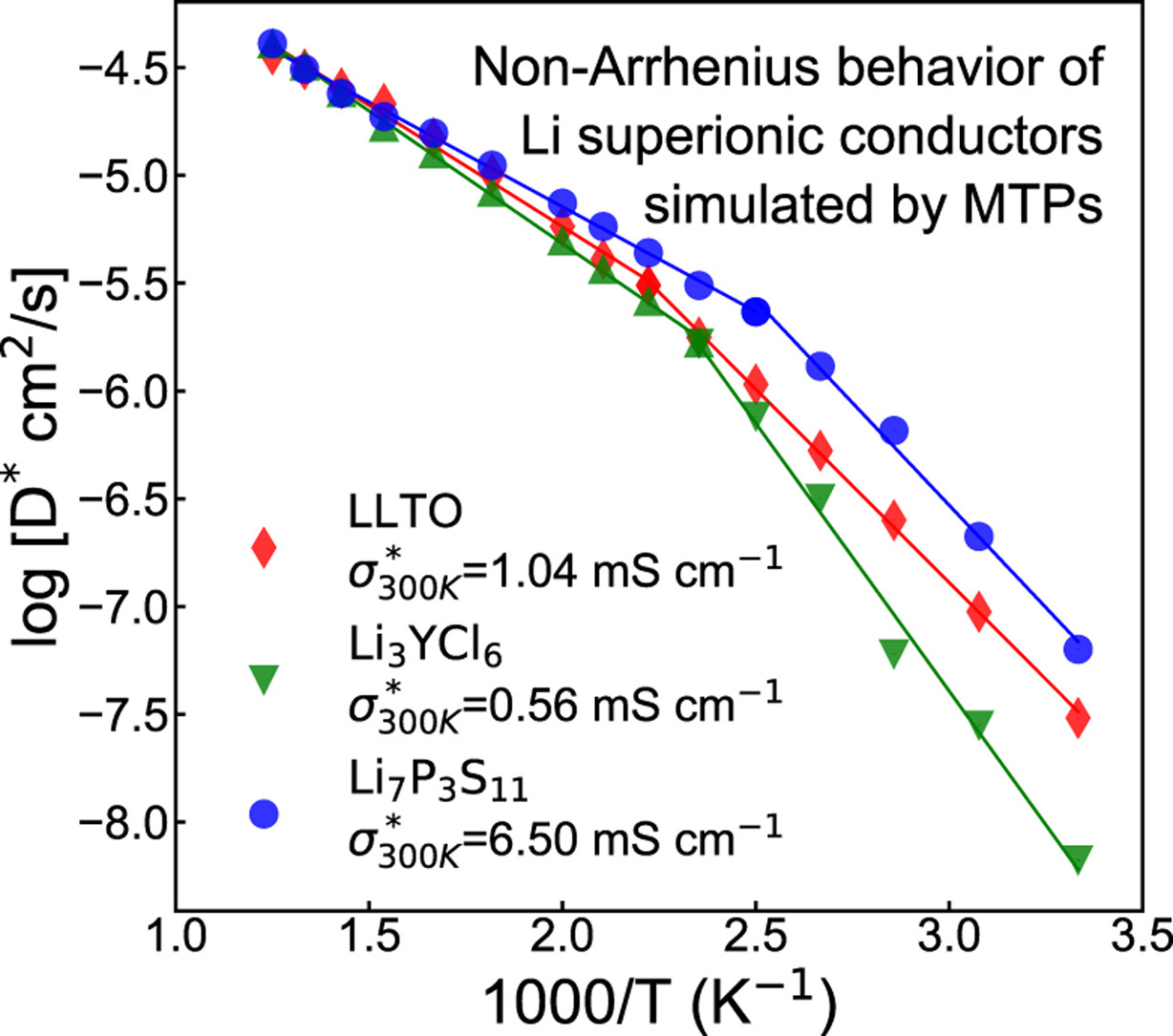Associate Editor of ACS Materials Letters
Prof Ong has been appointed Associate Editor of ACS Materials Letters with effect from Feb 1 2022. ACS Materials Letters publishes high quality and urgent papers on the forefront of fundamental and applied research, at the interface between materials and other disciplines, such as chemistry, engineering and biology. Papers that showcase multidisciplinary and innovative materials research addressing global challenges are especially welcome.








